




Help Kids Learn How to Count
The first step in developing number sense is to help your kids in laying a good base in counting. There are many kids' books and television programmes intended to teach preschoolers to count and real fluency must be taught and practised continuously in order to teach the kids the complex Maths calculations.
What is Counting?
When you initially teach your child the numbers 1, 2, 3, and so on, he or she has no idea what they mean. Only when you count using objects, then only do they realise the meaning of numbers. Counting with numbers helps kids realise that numbers represent quantity (how many), and then numbers take on new meaning. This paves the way for more difficult Maths ideas to be understood.
Let's start with numbers 1 to 10. We've used counting numbers to determine the number of animals or birds in this case. The chart also demonstrates how we can count objects to 10 using our fingers.
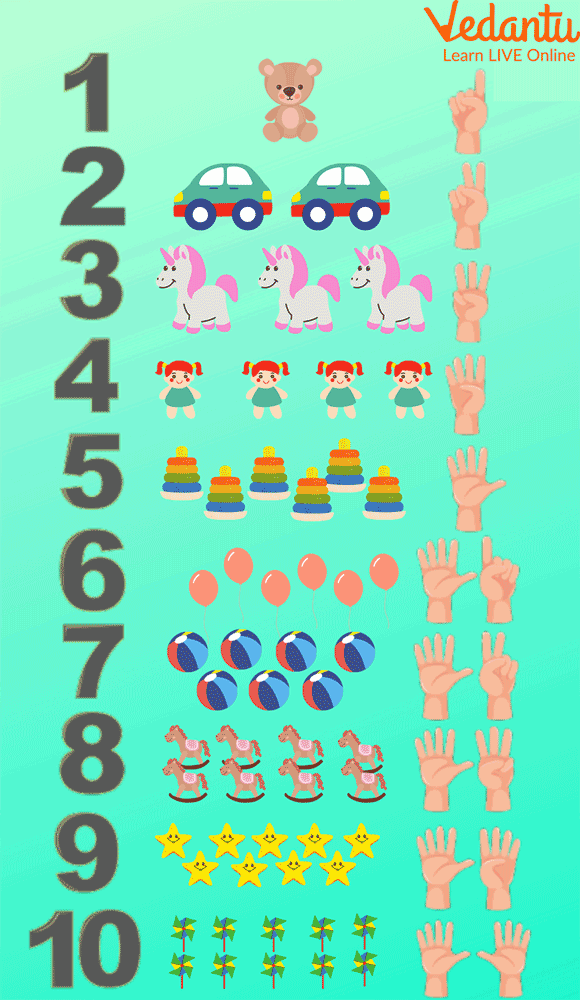
Counting 1 to 10 using our Fingers
The Counting Numbers
You might be wondering why we have counting numbers or how important they are. We like to categorise and classify things that are similar and have something in common or share some special property in Maths, just like we do in life. Counting numbers is simple Maths, nothing complicated, just 1, 2, 3... We utilise them on a daily basis to do things like:
Countdown the number of days left for vacation.
Count the number of miles you've driven so far.
Count the number of fruits in the basket.
8 Activities for Kids to Learn Counting
1. Colourful abacus
Invest in an abacus with large, colourful beads. Show children how to slide one bead at a time towards the right side by lining up all the beads on the left side. Count the beads along with them. The concept will be immediately grasped by young kids. You can then invite the kids to slide one red bead, two blue beads, three yellow beads, and so on. With this game, children will not only learn to count but they will also understand colours.
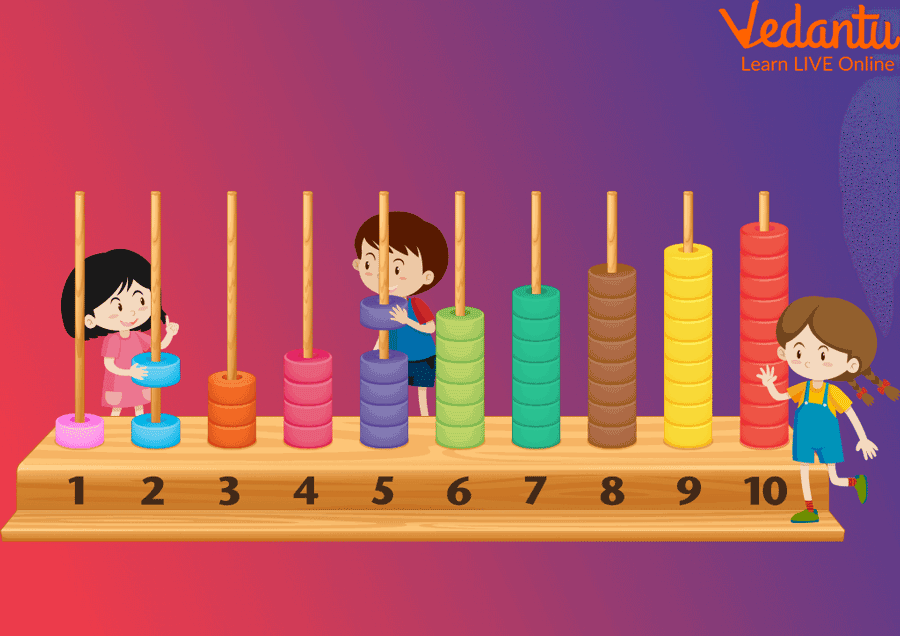
Colourful Abacus
2. Bouncing balls
Give each child an attractive ball or handle a single ball yourself if the children are very young. The goal is to bounce the ball around the floor and keep track of how many times it bounces. For young children, this could be quite a challenge. This is advantageous since they will have to count the first few numbers numerous times.
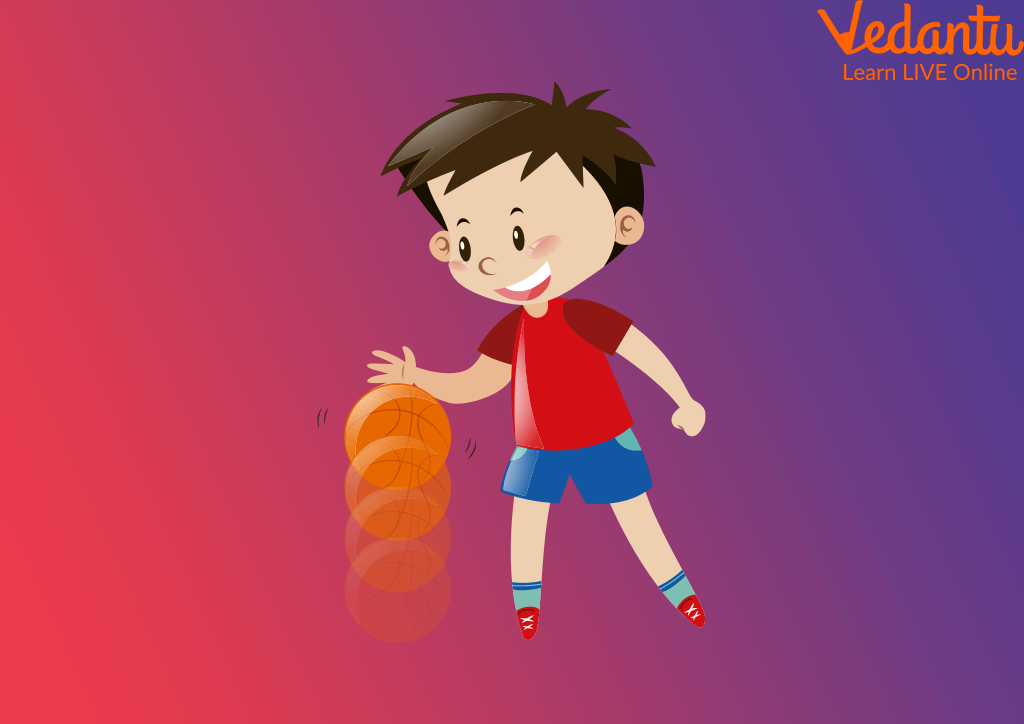
Bouncing Balls
3. One line, two lines, many lines!
Purchase scented markers, colourful highlighters, or any other form of marker or crayon that you know your kids will enjoy using. Encourage them to draw vertical lines at the bottom of a piece of paper using them. They must, of course, count the lines one by one. Depending on the age of the children in your group, you may then ask them to cut along the lines with scissors while counting them again. This practice will benefit young children who are learning to use safety scissors and will help them strengthen their counting skills.

Colourful Lines
4. Counting coins
Purchase an attractive piggy bank as well as a number of colourful coins to grab children's attention. Make sure the coins can be readily placed at the entrance of the piggy bank. Allow kids to take turns counting and depositing one, two, or three coins into the piggy bank. When the piggy bank is full, shake it until it is empty, then start over. This easy exercise is popular with kids. You can choose from a variety of piggy banks or create your own. Cut a slit in the lid of a metal coffee can and decorate it.
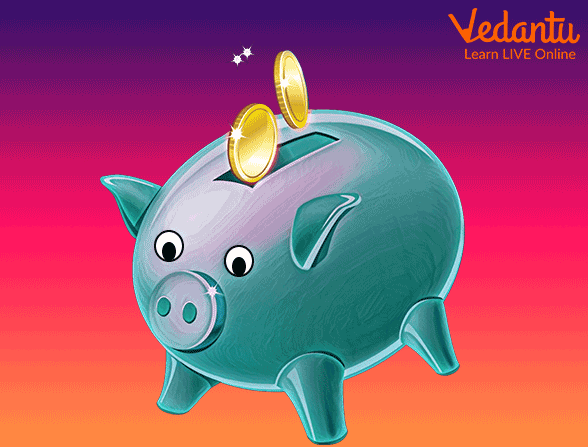
Counting coins
5. One for you, one for me
Help children in finding a partner at snack time. Fill a bowl with a choice of berries for each team. Encourage children to divide and count the berries as they place them in their own plates. If required, help children. If your group's children are little, have them each pick three berries at a time so that they only have to count up to three.
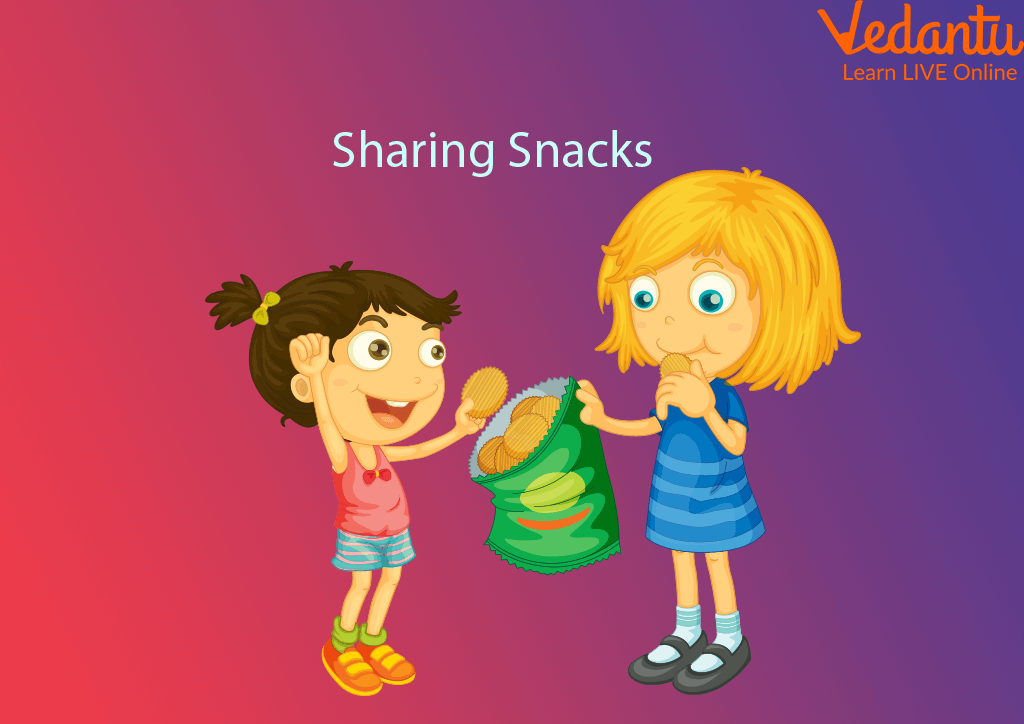
One for you one for me
6. Dance steps
Make up some easy dancing moves and teach them to your kids. "1, 2, 3...1, 2, 3..."
shows them how to count their steps.
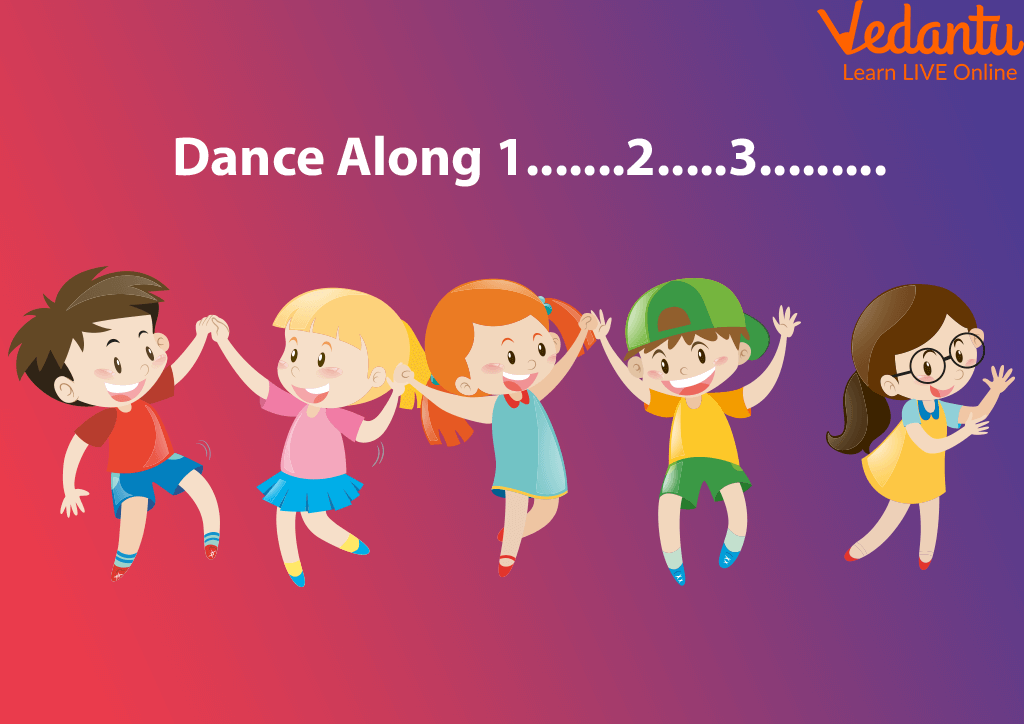
Dance steps
7. Light show
Flashlights are quite popular among children. Purchase a variety of bright flashlights. Turn off the lights and have some fun turning the flashlights on and off. Keep track of how many times the flashlights are turned on. The flashlights can also be used as spotlights to illuminate enormous numbers on a wall. Make a list of the numbers you see.

Light show
8. Money Games
Counting money is an important concept to teach children since it connects to real-life Maths. Even if the youngest kids are still learning to count by ones, they can practise counting with coins.

Money Games
Conclusion
As already discussed, teaching children to count is only the start of many steps in training them for Maths. In fact, it goes much beyond counting, as kids must develop fluency and number sense in order to solve higher-level Maths problems quickly and easily. When teaching counting to kids at home, use the activity ideas as mentioned above. It will make your child's learning fun with the help of counting games and activities and it will help quickly improve their Maths fluency!
FAQs on Counting - First Step in Understanding Maths
1. Why is counting important?
Counting is important because counting is the key conceptual idea on which all other number concepts are based. Children often have learnt about the counting sequence as a rote procedure. They can learn the meaning of counting by using the counting skills in day-to-day incidents.
2. What is a fun game to play with kids to teach counting?
This game is excellent for reducing your child's energy before settling down to do written work.
Place an item basket on the far side of the room.
Stand at the opposite end of the room with your child, with an empty basket on the floor.
Your child must run to the basket, select the appropriate quantity of goods, and place them in the empty basket.
Your child may have to run back and forth a few times if the number is large.
Take turns running after the items with your child. This is also an excellent game for teaching a group of children.











